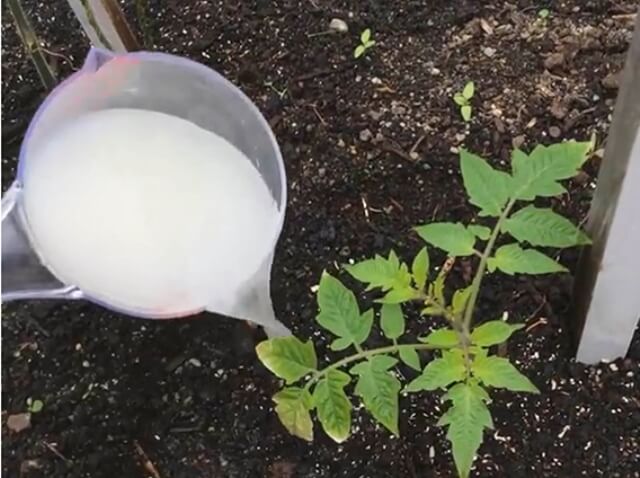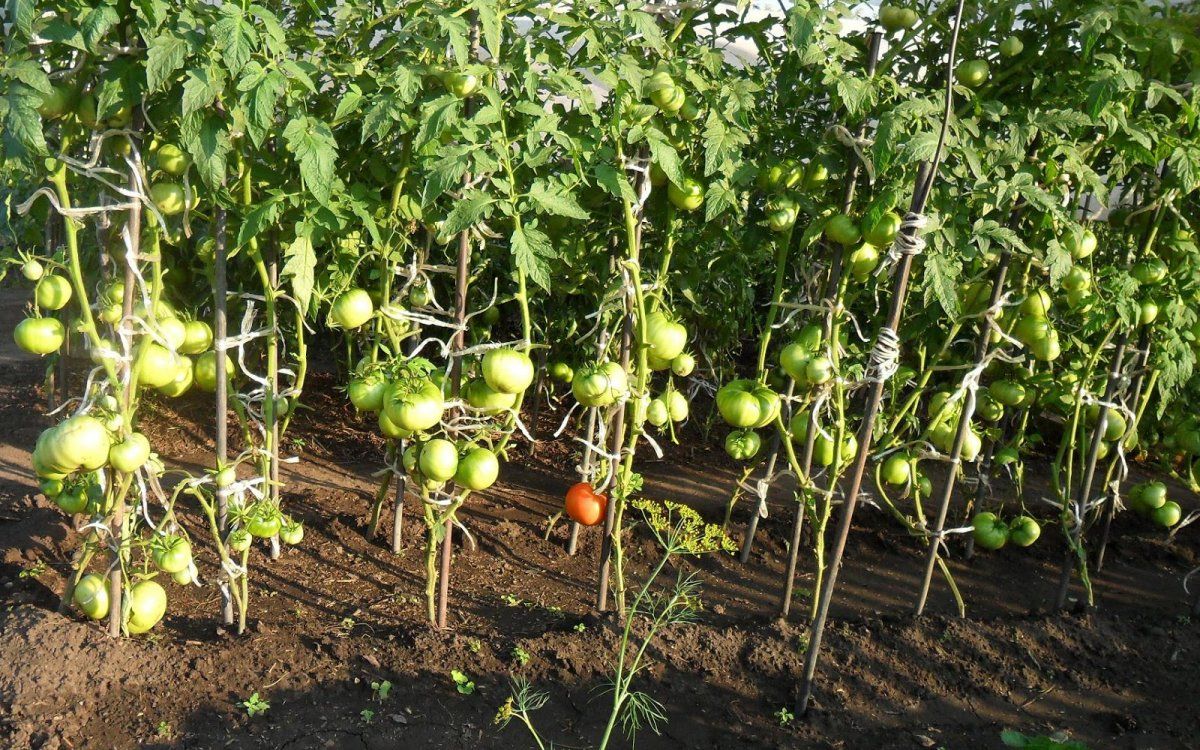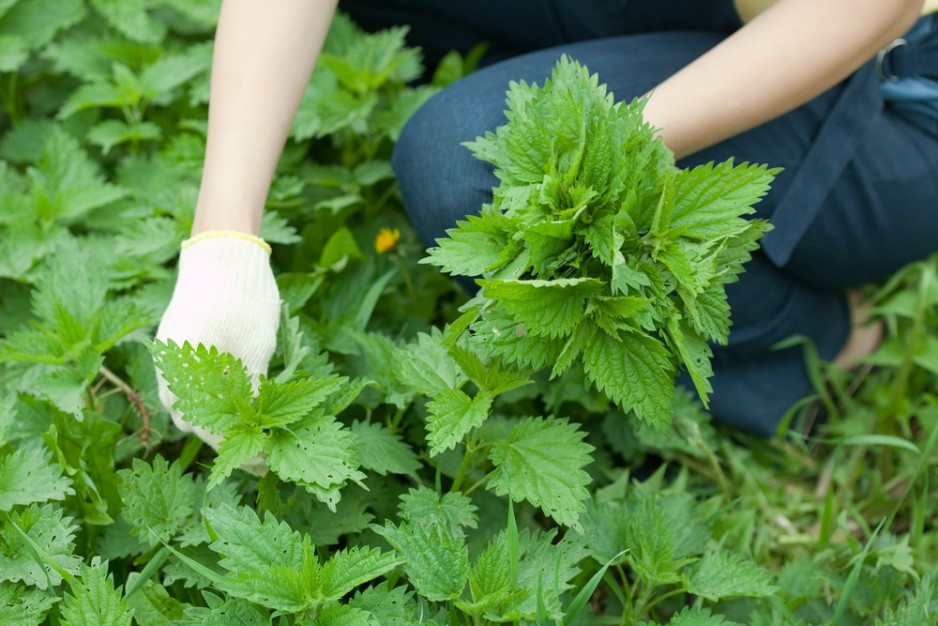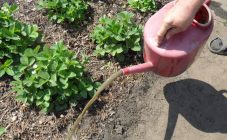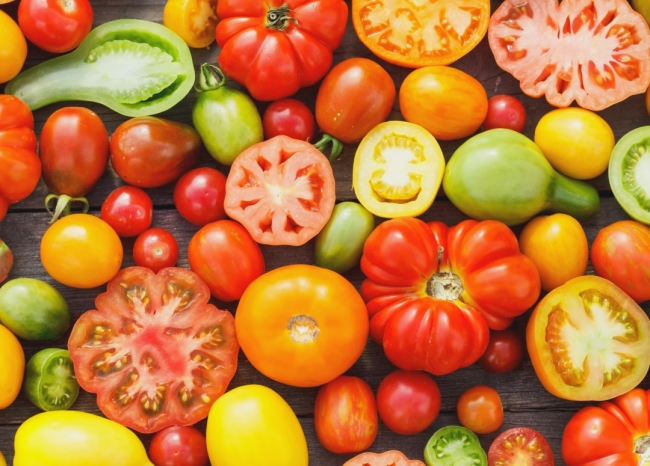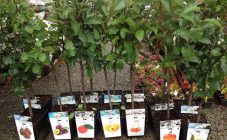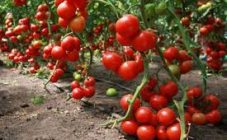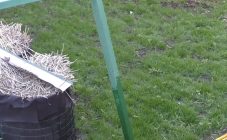Now the market offers a wide range of fertilizers for any plant and any purpose. However, it is not at all necessary to spend money and time to help plants grow and bear fruit well, because there are many folk remedies tested by generations of gardeners. What are the best traditional tomato feeds?
Yeast
Baking yeast is an excellent top dressing. A very simple recipe: 100 grams of yeast is added to 10 liters of water and mixed thoroughly. This solution should be used immediately.
Yeast with sugar also performed well. Mix 1 sachet with 2 tablespoons of granulated sugar and add a little water to the mixture to get the consistency of liquid sour cream. The resulting slurry is dissolved in ten liters of water. Each tomato bush needs half a liter of such a solution.
Ash
Ash works well both for watering the plant and for spraying it. For watering, one glass of ash is taken for a ten-liter container of water and just mix everything. For spraying, you have to tinker. About 300 grams of ash must be boiled in 3 liters of water and left to stand for five hours. Then add water to make a total of 10 liters. It is good to add laundry soap to the resulting solution, quite a bit, so the fertilizer will hold out better on the bushes. Strain the solution before use.
Chicken droppings
Due to the presence of nitrogen and phosphorus in chicken manure, it works no worse than expensive store-bought fertilizers.
For fertilization, chicken manure is diluted in water in a ratio of 1: 3. This solution is left to stand in the open air for about 9 days. Half a liter of the solution is diluted in a ten-liter container with water and this is watered between the rows of beds. There should be 5 liters per square meter.
Iodine
Iodine stimulates growth and fruit setting, and protects tomatoes from disease. Plus it is very affordable and sold in every pharmacy. To prepare top dressing, only 4 drops of iodine are required, which must be dissolved in 10 liters of water. Each tomato bush should have 2 liters of solution, watering is done at the root.
Nettle
Young nettle leaves are very rich in nutrients useful for tomatoes, such as potassium, nitrogen and iron. Nettle is soaked in water in a ratio of 2: 1 and insisted for a week under a lid in a warm place. Fermented grass is diluted with clean water, 10 liters of water are needed per liter. Water the tomatoes at the root. A bush needs about a liter. It is better not to overdo it with this top dressing, it should be applied once every 2 weeks.
